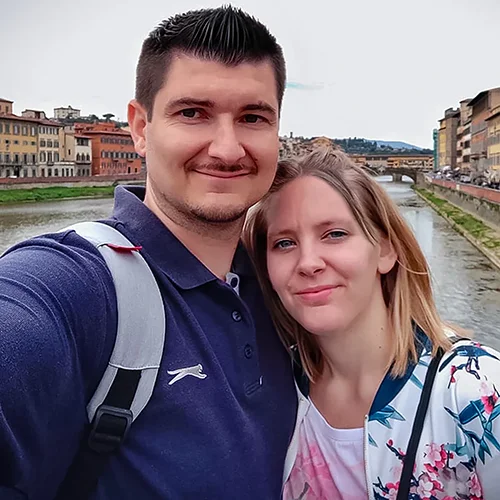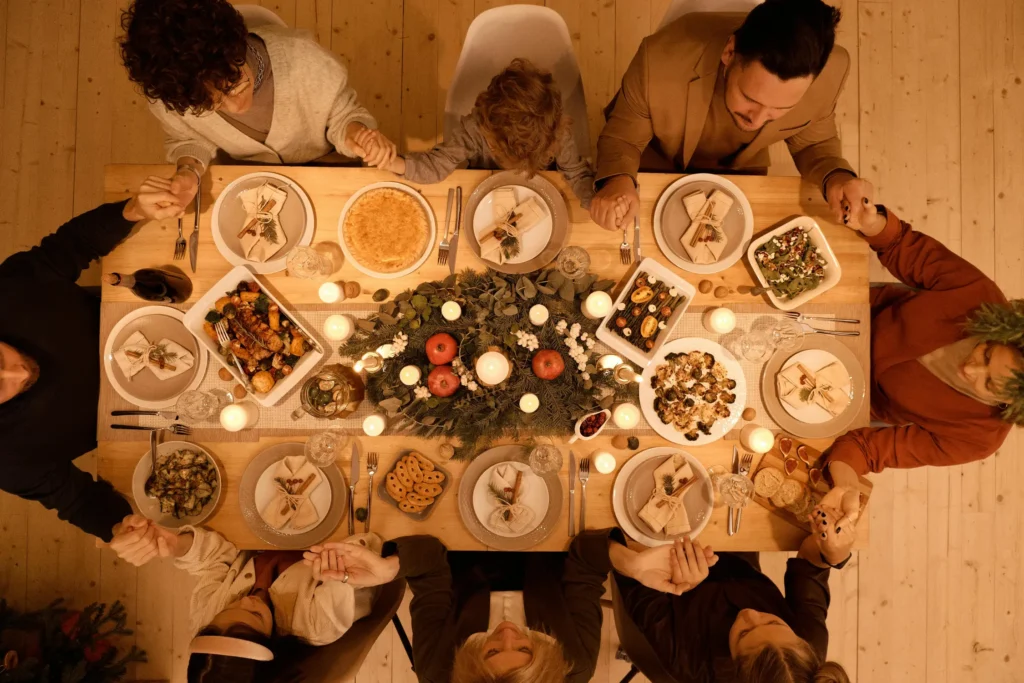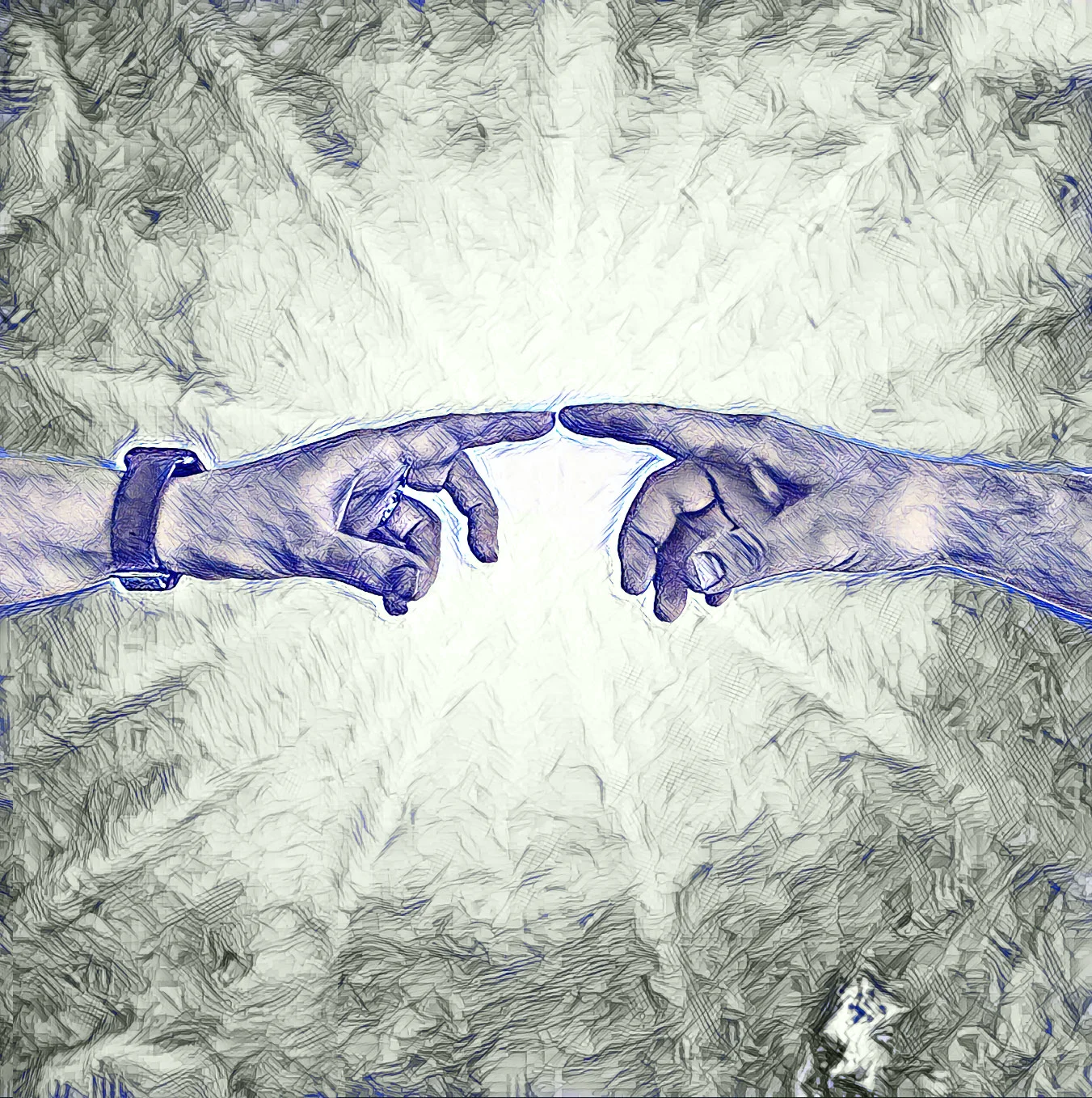New Year’s Eve in Germany vs. Spain
New Year’s Eve in Germany vs. Spain
New Year’s Eve in Germany vs. Spain
New Year’s Eve in Germany vs. Spain
28. Dezember 2024
Feedback: 0
Hey everyone! 🎉 The year is coming to a close, and the excitement for the New Year is building. New Year’s Eve is one of those occasions where traditions and celebrations take center stage worldwide! But if you think it’s the same everywhere, you haven’t experienced Germany and Spain yet. Here, the German firework madness meets the Spanish grape drama, raclette feasts clash with seafood luxury, and a rather sober January 1st contrasts with colorful parades. Curious? Stick around, and we’ll fill you in!
Fireworks: Chaos vs. Coordination
Let’s start with the classic: the fireworks. In Germany, private fireworks are an absolute must. From late afternoon, you hear the first bangs in every street – usually from the neighborhood kids practicing with their firecrackers. By midnight, everything that the local hardware store sells is set off. Rockets, batteries, sparklers – the louder and flashier, the better. Safety often takes a backseat, and the next day, the streets look like a mini war zone.
In Spain, it’s much more relaxed. There are also fireworks, but they are professionally organized. The city handles the rocket launches, and people gather in public squares to watch. This not only keeps everyone’s fingers intact but also saves on trash and neighborly disputes. Bonus points for Spain!
The Food: Raclette, Fondue, and Berliners vs. Seafood and Cava
Food is a central part of New Year’s Eve, and this is where the countries diverge.
In Germany, raclette or fondue often takes center stage – the perfect combo of food and activity. Everyone grills their own little portion while debating whether the raclette machine will overheat again this year. And for dessert? Berliners! These sweet doughnuts filled with jam are a must. Tip: Be cautious when biting into one, as someone might have decided to fill one with mustard. 😂
In Spain, it’s all about seafood, ham, and tapas. In more upscale households, a whole lobster might appear on the table. And, of course, Cava – the Spanish sparkling wine – is served. Dinner is usually served late, often around 10 PM or later. By then, Germans would probably be halfway asleep.
The Midnight Show: Bell Rings and Grapes
Now it gets interesting. Both countries have a countdown to midnight – but the details make all the difference.
In Germany, the procedure is simple: At exactly 12:00 AM, people toast with sparkling wine, wish each other a Happy New Year, and then set off fireworks until the early morning. The first minutes of the new year are often spent gazing at the rockets – or grumbling because someone set off a firework right outside your window.
In Spain, however, the food plays a central role. As the bells ring 12 times, everyone tries to eat 12 grapes – one for each bell strike. If you manage to do it, you’re supposed to have good luck for the coming year. Sounds easy? Try doing it with a glass of Cava in hand while listening to the bells on TV. Chaos is guaranteed, but that’s what makes it so much fun!
Lead Pouring or Hoping for the Future
Another highlight is the tradition of lead pouring, which in Germany has often been replaced by wax due to environmental regulations. You melt the material, pour it into water, and then interpret the shapes that appear. “That looks like a heart – or is it a dinosaur?” The predictions for the new year are often more creative than realistic, but that’s part of the charm.
In Spain, people focus more on the grapes and personal New Year’s wishes rather than complex rituals. Some families have regional customs, like wearing red underwear – no joke! Red is said to bring love and luck. So, Germans: maybe give it a try?
And New Year’s Day?
Germany on January 1st: Hangover breakfast, Netflix, and the attempt to not break your resolutions within two hours. “More exercise” sounds exhausting when you’re on the couch.
Spain? The day is often marked with a large lunch. Some cities have parades, and in general, everything is a little livelier. Resolutions? Maybe, but first, there’s dessert.
Family Time or Friends Time?
New Year’s Eve is a social event in both countries, but the focus is different.
In Germany, the evening is often spent with friends. Whether it’s a house party, a club, or a cozy get-together – as long as the mood is right. Family plays a bigger role at Christmas, so they’re often left out of New Year’s Eve.
In Spain, it’s different. The evening traditionally starts with a big family dinner. After midnight, the younger generation heads out to continue the celebration with friends. In cities like Madrid or Barcelona, the streets and squares fill up, and the party lasts into the early hours.
New Year’s Day: Boring vs. Lively
January 1st in Germany? Coffee, aspirin, and the question of why you ate so much. The day is marked by a hangover, resolution doubts, and the attempt to clean up the fireworks debris.
In Spain, however, there are often large parades or other events that make New Year’s Day feel special. Families also gather for another big meal – basically the official start to the new year. Resolutions? Maybe later, first there’s dessert!
Conclusion: Why Not Combine Both?
At the end of the day, both countries have their own charm. So why not combine the best elements? Raclette AND seafood, fireworks AND 12 grapes, friends AND family – sounds like the ultimate New Year’s Eve, right?
No matter where you celebrate: The important thing is to have fun with the people who matter most. And if you feel like trying something new next year, why not spend New Year’s Eve in Spain? Or bring the Spanish traditions to Germany? You can find grapes in the supermarket here too.
We hope these tips help you master your expat life even better! Do you have your own experiences or further recommendations on the topic of moving abroad? Feel free to leave us a comment! Share this post with others who could benefit from these tips, and stay tuned for more inspiration from life as an expat.
Your Steffi & Marius

Wir sind zwei deutsche Auswanderer und auf emigres-life nehmen wir Dich mit auf unsere Reise in ein neues Leben.
In unserem Projekt schwingt das Pendel meist in Richtung stressig oder chaotisch und weniger in Richtung tiefenentspannt.
Wenn du also wissen willst, in welches Fettnäpfchen wir als nächstes treten oder welche Hürden vor uns liegen und wie wir sie überwinden, dann bleib dran.
Nächster Blogpost
Understanding and recognizing fearful dogs



 Pin it!
Pin it!

